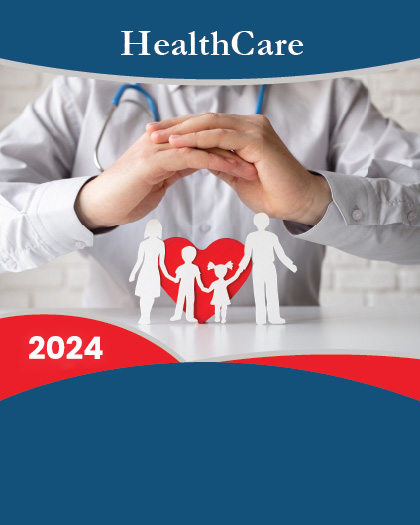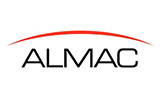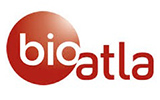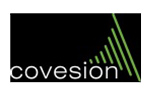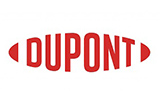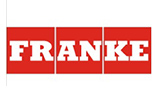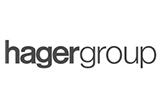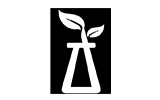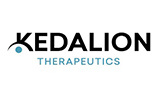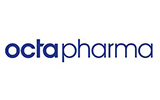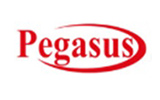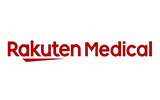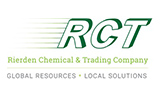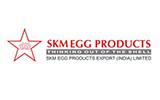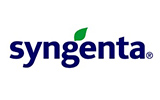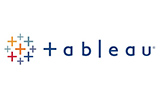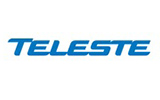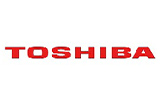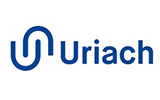
The Global Rosacea Treatment Market is valued at approximately USD 1.94 billion in 2023 and is projected to ascend to USD 3.60 billion by 2032, exhibiting a robust CAGR of 7.10% throughout the forecast period. Rosacea, a chronic inflammatory skin condition, has garnered significant attention within the pharmaceutical landscape due to its increasing prevalence and the evolving complexities associated with its management. This market encompasses a diverse range of therapeutic options, including various drug classes and modes of administration, tailored to address the multifaceted nature of the condition. Innovations in drug delivery systems and the development of targeted therapies are pivotal in enhancing treatment efficacy and patient adherence, thereby driving market growth.
The impetus behind the burgeoning Rosacea Treatment Market is multifaceted. Escalating incidence rates of rosacea globally, coupled with heightened awareness and early diagnosis, are primary catalysts fueling demand. Additionally, substantial investments in research and development by leading pharmaceutical companies have led to the introduction of advanced treatment modalities, encompassing both topical and oral therapies. Government initiatives aimed at improving healthcare infrastructure and accessibility further bolster market expansion. However, the market is not without its challenges; the high cost of advanced treatments and potential side effects associated with certain drug classes may impede widespread adoption and limit market growth in certain regions.
Regionally, Europe stands as the largest market for rosacea treatments, underpinned by the presence of key pharmaceutical players and a well-established healthcare framework that facilitates the adoption of novel therapies. The region's dominance is complemented by substantial investments in clinical research and a robust regulatory environment that supports the introduction of innovative treatments. Conversely, the Asia Pacific (APAC) region is anticipated to witness the fastest growth trajectory over the forecast period, driven by rising awareness, increasing disposable incomes, and expanding healthcare infrastructure in emerging economies such as China, India, and Japan. North America also maintains a significant market presence, propelled by ongoing advancements in pharmaceutical research and a high prevalence of rosacea in the population.
The competitive landscape of the Global Rosacea Treatment Market is characterized by the presence of both established pharmaceutical giants and emerging biopharmaceutical firms, all striving to enhance their therapeutic portfolios through strategic alliances, mergers, and acquisitions. Key players are focusing on the development of novel drug formulations and expanding their geographical footprint to capture a larger market share. The market dynamics are further influenced by the continuous pursuit of technological advancements, such as the integration of digital health solutions to monitor treatment efficacy and patient outcomes, thereby fostering a more personalized approach to rosacea management.
In conclusion, the Global Rosacea Treatment Market is poised for substantial growth over the forecast period, driven by a confluence of factors including increasing disease prevalence, advancements in therapeutic options, and expanding healthcare infrastructure across key regions. The interplay of these elements underscores the market's potential to deliver innovative and effective treatment solutions, thereby improving the quality of life for individuals afflicted with rosacea worldwide.
Major market players included in this report are:
Allergan
Bayer AG
GlaxoSmithKline plc
Johnson & Johnson
Merck & Co., Inc.
Novartis International AG
Pfizer Inc.
Roche Holding AG
Sanofi S.A.
Sun Pharmaceutical Industries Ltd.
Teva Pharmaceutical Industries Ltd.
Valeant Pharmaceuticals International, Inc.
Amgen Inc.
Bristol-Myers Squibb Company
Eli Lilly and Company
The detailed segments and sub-segments of the market are explained below:
By Drug Class
Antibiotics
Alpha Agonists
Retinoids
Corticosteroids
By Mode of Administration
Topical
Oral
By Region:
North America
U.S.
Canada
Europe
UK
Germany
France
Spain
Italy
ROE
Asia Pacific
China
India
Japan
Australia
South Korea
RoAPAC
Latin America
Brazil
Mexico
Middle East & Africa
Saudi Arabia
South Africa
RoMEA
Years considered for the study are as follows:
Historical year - 2022
Base year - 2023
Forecast period - 2024 to 2032
Key Takeaways:
Market Estimates & Forecast for 10 years from 2022 to 2032.
Annualized revenues and regional level analysis for each market segment.
Detailed analysis of geographical landscape with Country level analysis of major regions.
Competitive landscape with information on major players in the market.
Analysis of key business strategies and recommendations on future market approach.
Analysis of competitive structure of the market.
Demand side and supply side analysis of the market.

